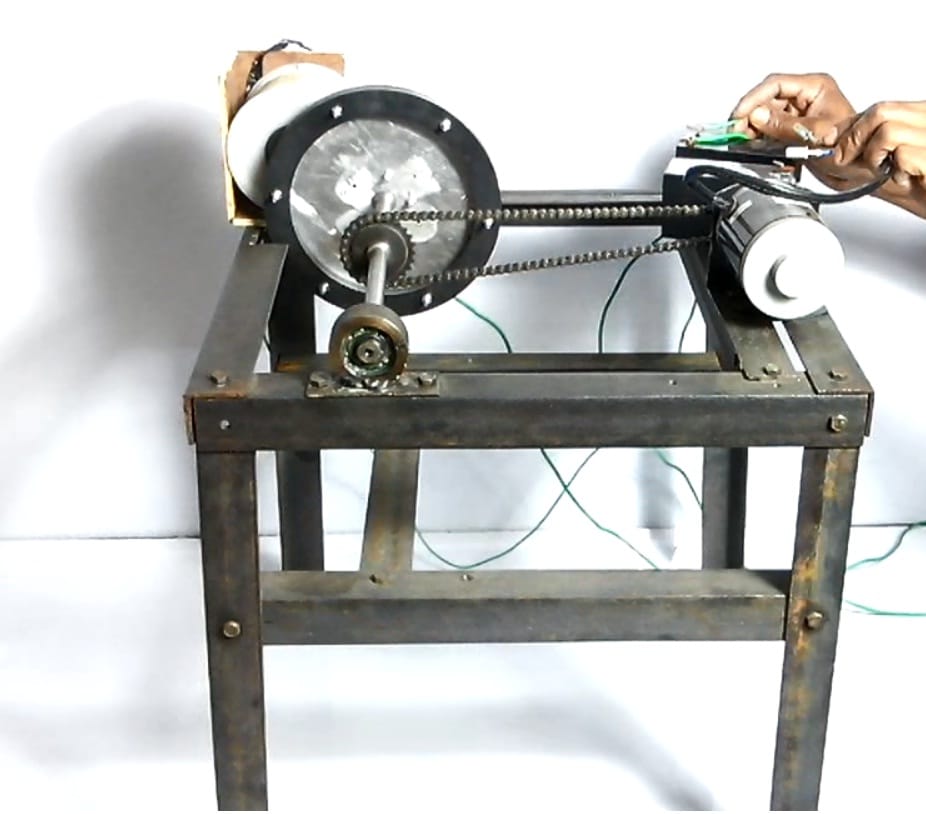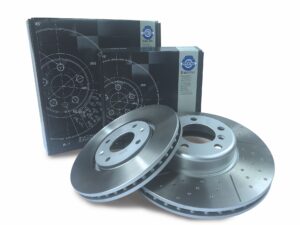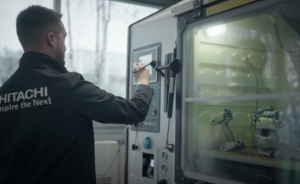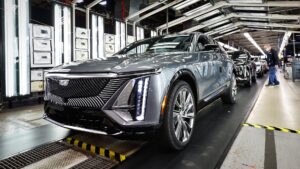BARCELONA – The folks at rimsa posted the following note about electromagnetic braking on Linkedin, pondering how this technology might impact the future of braking. To flesh out the concept, they provided a link to a Nevonprojects, which can provide a practical example of the technology.
The rimsa post: There are ideas that can make a difference in the future of the industry and at rimsa we are interested in learning about them to try to stay one step ahead. It is certainly interesting to ask whether projects like electromagnetic braking will one day become more than just a toy.
But how does electromagnetic braking work? Electromagnetic braking consists of applying the brakes with electronic and magnetic force. During the process, the magnetic flux flows perpendicular to the wheel, creating eddy currents in the opposite direction, thus reducing the speed until a frictionless braking system is achieved.
And the link to Nevonprojects revealed: Electromagnetic braking means applying brakes using electronic and magnetic power. Here we use the principle of electromagnetism to achieve friction less braking. This tends to increase the life span and reliability of brakes since no friction leads to less wearing out of brakes. Also it requires less maintenance and oiling. This is an upcoming technological replacement for traditional braking systems. The main purpose behind the proposed use of these brakes in vehicles is that it is frictionless. This leads to a sizably less maintenance cost due to no friction and no oiling. Also traditional braking systems are prone to slipping while this one is guaranteed to apply brakes to the vehicle. So without friction or need of lubrication this technology is a preferred replacement for traditional braking. Also it is quite smaller in size compared to the traditional braking systems.
To make electromagnetic brakes work, a magnetic flux when passed in a direction perpendicular to the rotating direction of the wheel, we see eddy current flowing in a direction opposite to the rotation of the wheel. This creates an opposing force to the wheel rotation and in turn slows down the wheel. Thus we achieve electromagnetic braking as a better braking system for future automobiles.








